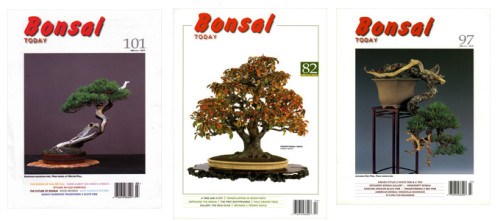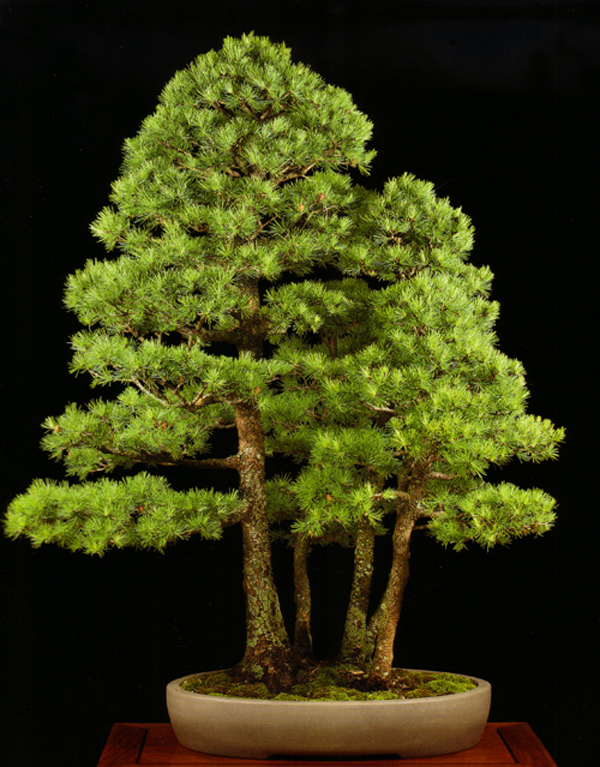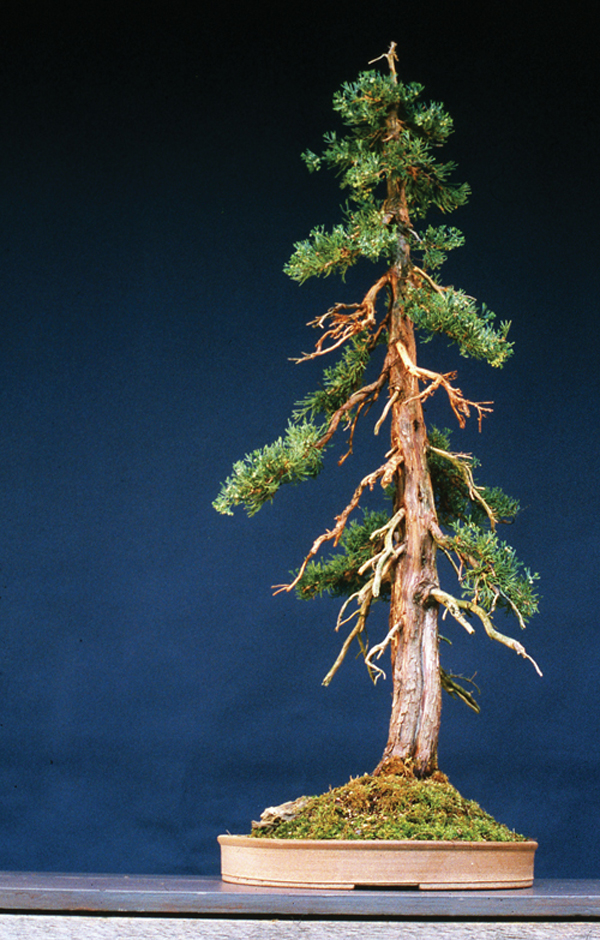
I really like the natural untouched feel of this old Spruce. It brings to mind the rugged conifers of the high Sierras and Rockies. It's a Norway spruce (Picea abies) by Walter Pall (from Bonsai Today issue 106).
Yesterday’s post featured Walter Pall’s Bonsai, so let’s just keep going. This one is from the dawn of Bonsai Bark, July 2009. It was titled The Great Debate part 3: More from Walter. Now in 2017, the bonsai community has mostly moved on from the great debate (I don’t think it ever was a big deal anyway, but it does provide some insight into different ways bonsai can be viewed and styled).
Continued below…
NEW increased Discounts
16 missing issues are now back in stock
including 1 & 2 + other early issues
but don’t wait – most are only 1 each
 40% off for 1-9 Bonsai Today back issues
40% off for 1-9 Bonsai Today back issues
50% off for 10 or more
In our last Great Debate post, I promised you more from Walter on the topic. The quotes below by Walter are from an article entitled A Naturalistic Scot’s Pine that appeared in Bonsai Today issue 104.
The other two photos in this post are NOT Walter’s trees. They are rather, two examples of naturalistic bonsai by other artists.

This sinuous root American larch (Larix larcina) by Harvey Carapella, might not be as advanced in capturing the subtle qualities of naturalistic bonsai. but it's simple naturalness still appeals. It's from North American Bonsai which was compiled and edited by Martin Schmalenberg. At first glance you might think it has only four trunks (were it so, would it be a problem?), but if you look closely, you can see a small piece of the fifth trunk just to the left of the trunk on the right.
We started this quote from Walter in our previous Great Debate post, but left it hanging. So here’s the whole paragraph: “A traditional bonsai is ideal; it is abstract. A naturalistic bonsai is realistic, but never totally realistic. There’s always a certain degree of abstraction. But never going as far as many modern bonsai, which are very groomed, very refined, and often look almost unreal. They certainly look like a human being, not nature, has made them. Naturalistic bonsai is the opposite of this development (which has gone a bit too far in many cases, in my opinion)”
Walter goes on to say… “A lot of people think they understand this, and let nature do the styling of their tree in a pot. They think that naturalistic styling is just letting a tree grow and styling here and there. This is wrong. It is called naturalistic because it NOT natural. The trick is NOT to leave the stock as is and let nature do the styling. ‘Naturalistic’ means that the end result, the finished tree in a pot, conveys the feeling of an impressive natural tree that has not been touched by man. It does not matter how this is achieved, but in most cases it is done very artificially – not by nature!”
“Naturalistic bonsai has nothing to do with method, but only with result. Clip-and-grow without using wire is an old method for creating bonsai. Many think this is naturalistic bonsai styling. It is not, but it could be. A hedge is created by clip-and-grow method; and it can hardly be called naturalistic…”
Naturalistic is not an excuse for lazy people. It is not about untidy looking trees. It is not a shortcut. I think it is even more labor intensive than traditional styling…”

Like Walter, Nick Lenz has the magic touch. The tree is a Ground juniper (Juniperus horizontalis) by Nick Lenz, from the now out of print Bonsai from the Wild .
Here are links to the two previous posts on the Great Debate, in case you missed them: One & two.
8.50 for 500 gram Rolls of Bonsai Wire
Is Too Good to Pass up

13.50 less 30% = 9.45 per roll
if your total order is 100.00+ 8.50 per roll
and to sweeten the pot you get
FREE Shipping on U.S. orders 50.00+
(you must selected Free Shipping when you check out)